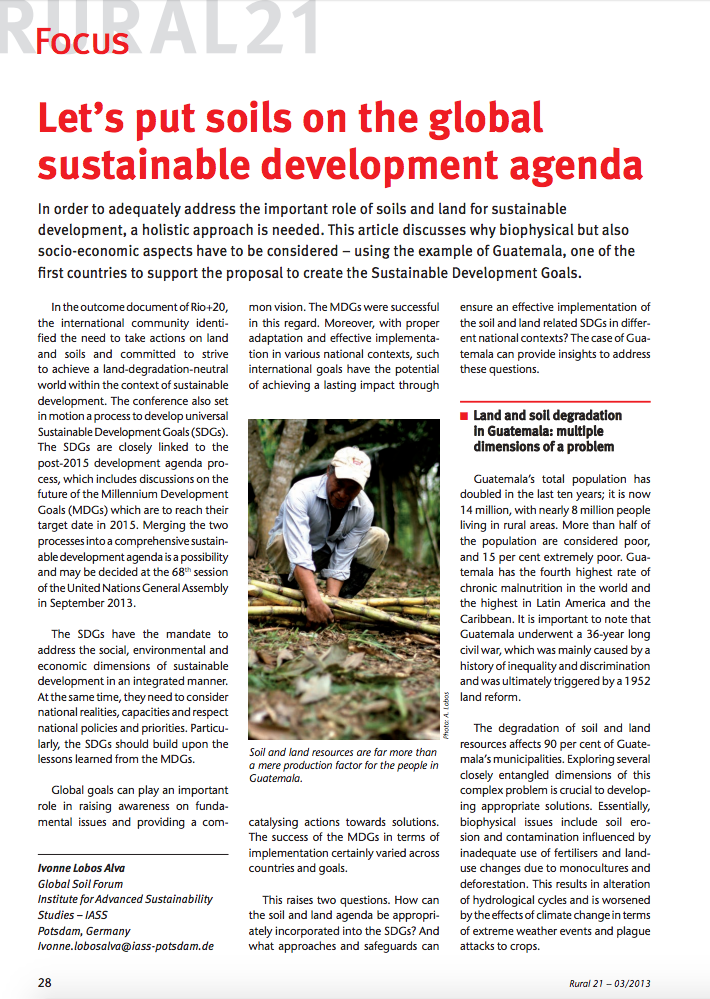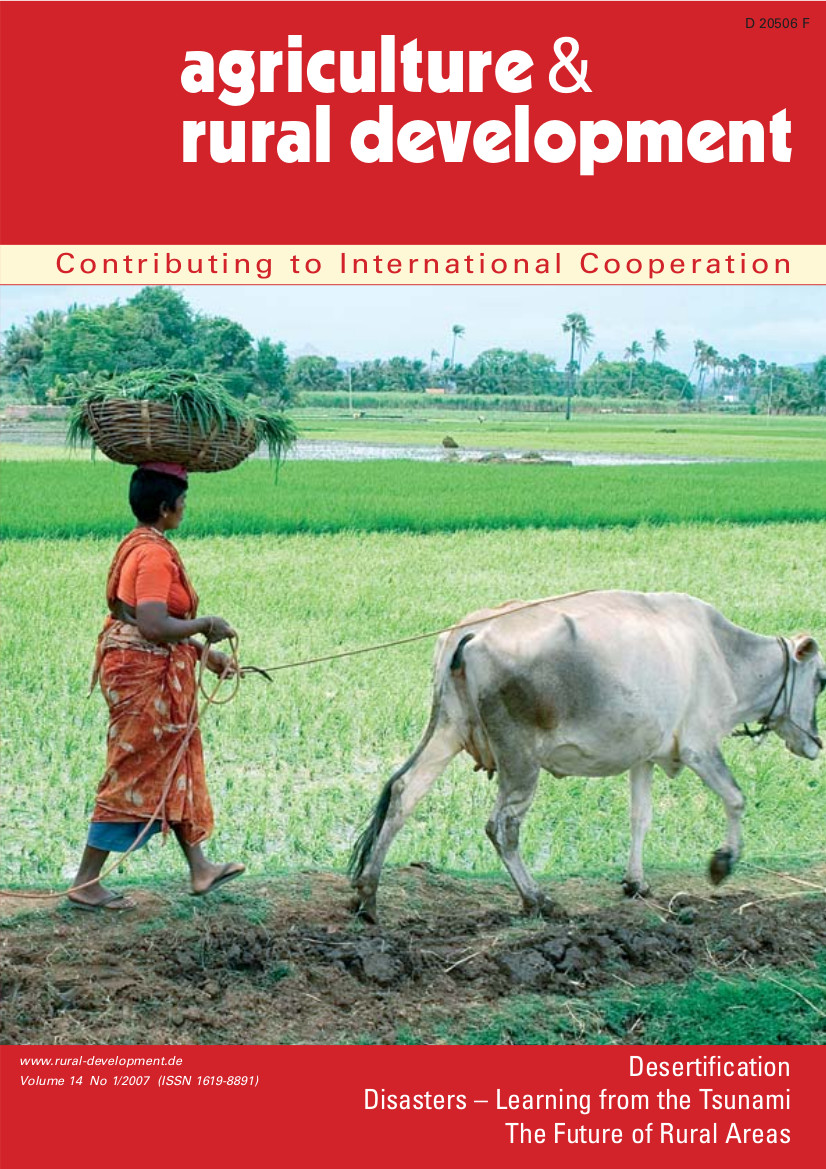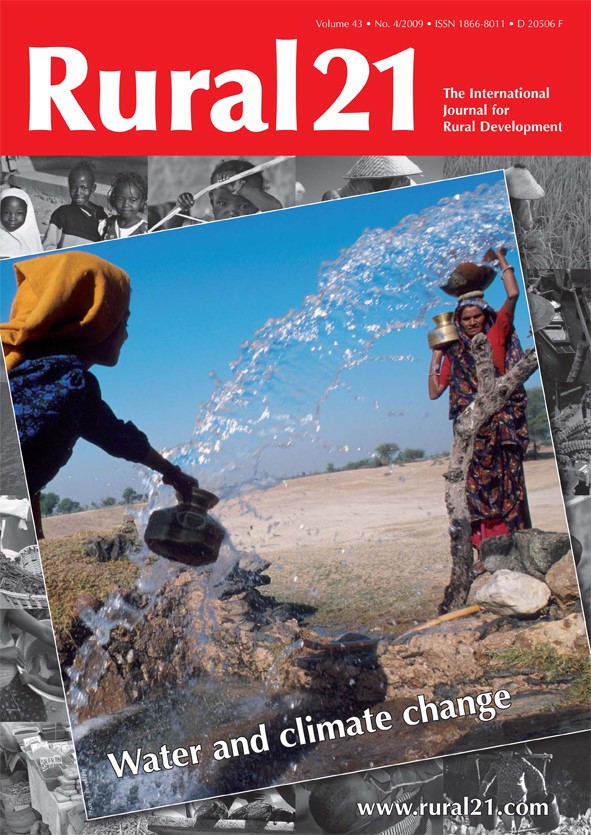Soil conservation in the European Union
Since 2006, a European Union-wide strategy on soil conservation has been in existence that is to address the complex roles that soil plays as a natural resource. However, a legally binding agreement has so far met with opposition by a blocking minority of EU Member States. Does the EU nevertheless offer prospects for soil conservation?





